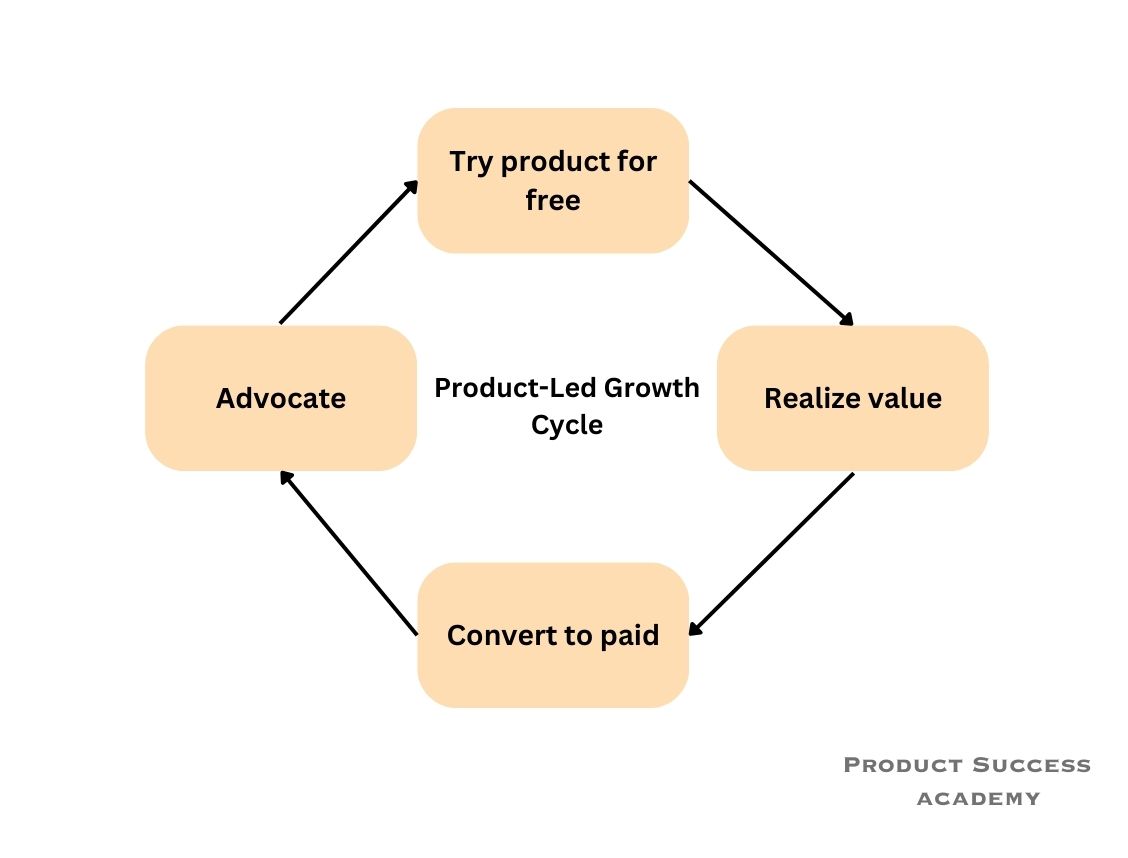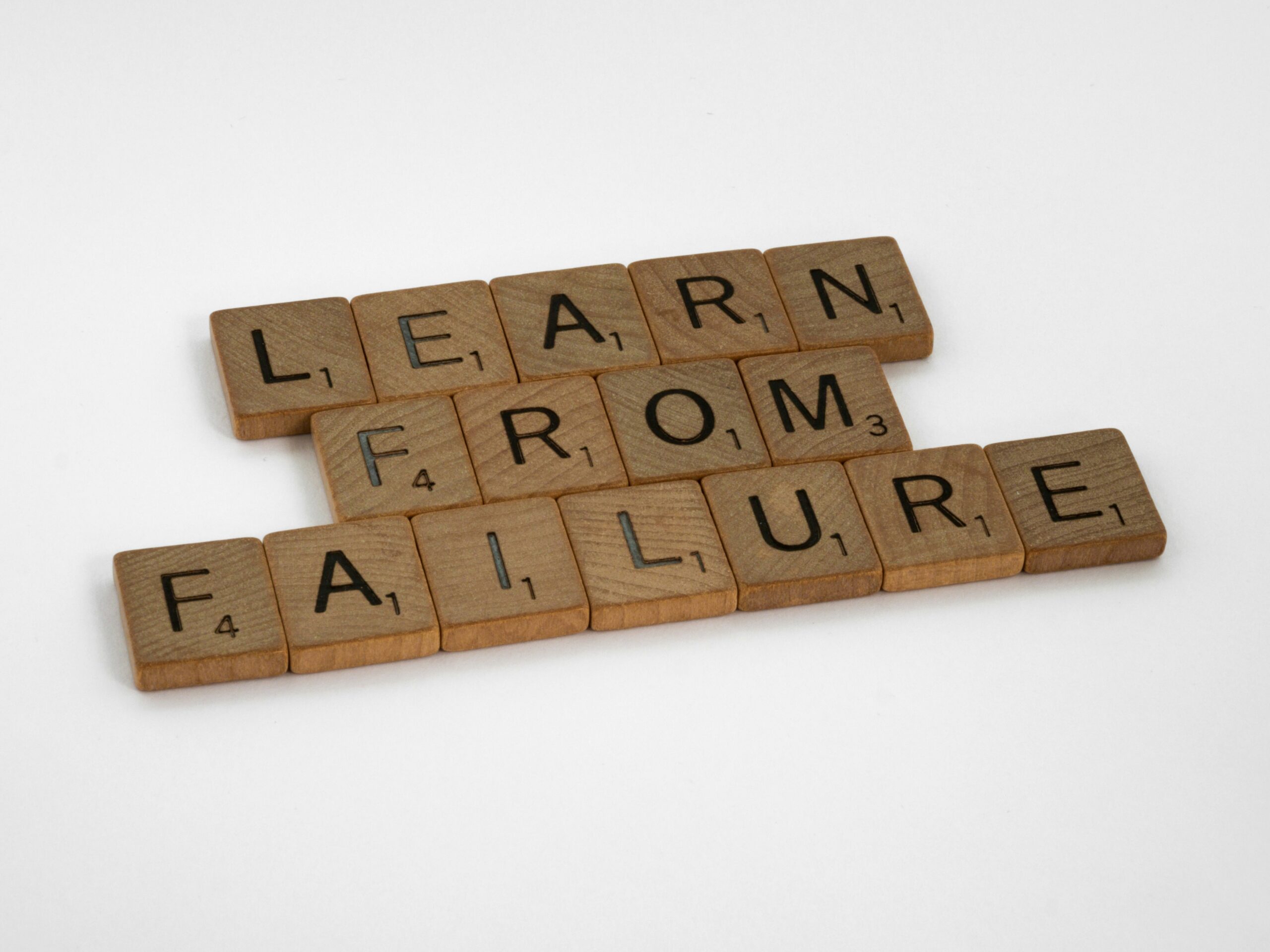Given that Product Managers today come from a variety of backgrounds from Engineering to Business, it’s safe to say that most Product Managers learn on the job. However, whether you’re a seasoned professional or new to the field, there are a few key concepts that are essential for you to know about as a Product Manager. Understand these key guiding principles and you will be much better prepared to navigate any Product Management problem that’s thrown at you:
1. The Minimum Viable Product (M.V.P)
In a nutshell, an MVP is the simplest version of a product. It is made with the intent to launch a product quickly and to gain user feedback from early adopters, in order to iterate and improve subsequent versions. The assumption is that the longer you spend working on something and trying to make it perfect, the more time and resources you are allocating to something that may not in any way meet the needs of the user. Instead, the MVP approach is focussed on delivering value quickly, minimizing developer time spent on “bells and whistles” or features that are not core to the product’s value and adapting the product based on feedback from real world users.
It means that you gain learnings from your market in the quickest way possible, in order to then improve your product and get it closer to what the market actually needs.
This is a concept that’s easy enough to understand, but can be quite difficult to implement in practice. Most Product Managers find it painful to ship something that is nowhere near the vision they have for it in their minds. It’s tough to be a Product visionary and to also be able to ruthlessly strip down your Product to its bare minimum at the same time. However, great Product Managers know that there is a time for perfection and there is a time for focussing on the basics in order to test your ideas out in the real world.
2. Agile vs Waterfall
Today, most Product Manager job descriptions require a candidate that has worked in an ‘agile’ environment. This is in reference to the Agile Methodology of software development, which is the most common method used by modern Product teams. But what really is the agile methodology? The clue is in the name itself. ‘Agility’ is defined as being the ability to move quickly and easily. This is what the Agile Methodology focuses on; the ability to build & ship products in a quick and iterative manner, in order to receive customer feedback as soon as possible. The assumption is that in today’s world, market needs and conditions change quickly and so user needs can change as well. Agile teams accomplish product goals in ‘increments’ over short periods of time, like 2 weeks. These two week work cycles are known as sprints, and usually, a product increment is shipped at the end of it.
The key thing to remember about the Agile Methodology is its focus on being flexible and adaptable to change, rather than on following a strict set of requirements or a plan.

The ‘Waterfall’ approach, on the other hand, is a more traditional approach to software development. Waterfall development involves a sequential or linear path to achieving the product’s goals. Each step of the process (requirement gathering, design, implementation, testing and maintenance) happens one by one, and one cannot begin until the preceding step is completed. This means that once developers are in the implementation phase, the requirements cannot be changed.
This method, as you can imagine, would not be suitable for a startup, where user needs are continually being reassessed and the Product is constantly evolving. Instead, the waterfall methodology is useful in projects where requirements are well defined and stable. It has traditionally been used in sectors such as Banking, where the amount of regulations ensures that Product requirements are well-defined and indeed, set in stone. NASA1 has also famously used the Waterfall method for the software used in its Space Shuttle program. Given the critical nature of the software, where even the slightest error or deviation from a requirement could result in disastrous consequences, the Waterfall’s methodology of meticulous planning and rigorous testing proves to be very useful.
3. Monetization
As Product Managers, we are taught that our sole purpose is to bring value to users. Unfortunately, if you do only this, you will have a product but not a business. If you want to build a business along with a Product, at some point, you will have to think about monetization strategies. Monetization is the process of deriving revenue from the value that you create for your users2. At the end of that day, if you are creating tons and tons of value for your users, it’s only fair to ask for something (like revenue) in return.
There are a myriad of monetization strategies to choose from, and what’s suitable for your business depends entirely upon the type of Product you have and what stage your product is at in its lifecycle.
The Software as a Service (SAAS) industry tends to favor subscriptions. Subscriptions allow for a recurring source of predictable revenue, making it easy to forecast your growth in revenue over time. A key strategy that many SAAS businesses have adopted is the ‘freemium’ model, where part of the service is given away for free (in order to demonstrate its value to users) but the more advanced features require a paid subscription. This is slightly different from the ‘free trial’ model, where the full feature set is made available to the user, but for a limited period of time only.
Many other businesses today mainly generate revenue through Advertising. Think of Facebook or Twitter. They have large audiences, who they serve advertising to in order to generate revenue. Other companies like DoorDash for example, generate revenue by charging a commission or a service fee for each order.
As a company grows, monetization strategies need to then be layered in accordingly and the companies who have now grown to a considerable size, use a combination of strategies in order to derive the maximum commercial output from their users. For example, Spotify and Youtube use a combination of the advertising and subscription models; they generate revenue from their free accounts using in-app advertising, and charge a fee for their premium ad-free subscriptions.
Thinking about what strategies your Product can use today, and in the future should be top of mind for Product Managers as they are the key to the long term viability of your Product.
4. Product-led growth
Product-led growth is a business strategy in which the product itself is the key driver of user acquisition. This is in contrast to the opposing ‘Sales-led growth’ approach, in which user acquisition is driven by Marketing & Sales teams.
In the more traditional Sales-led growth model, Marketers are tasked with creating content and running ads through which they would generate leads. Sales teams would then be responsible for converting these leads into paying customers. From the perspective of the user, in order to begin using a new software product, you would have to talk to a Sales team to get the product details, whether it’s right for your team etc and then your Procurement team (which is far removed from actually using the Product) would negotiate a contract on your behalf. You would then be onboarded by an Onboarding or Product specialist.
Today, Product-led growth companies will let you do all of the above yourself, without talking to a Sales rep. You will be able to trial the product and pay for it yourself. Once you’re in, there will be a tailored and personalized onboarding to reduce any friction you may experience as a new user.
The belief is that the Product’s value proposition and user experience is so strong, that the Product itself is the best marketing vehicle possible. Given this belief, Product-led growth companies will want the maximum number of users to be able to try their product and so, free trials and the ‘freemium’ model which were discussed previously, are very important parts of the strategy for these companies.
Once a company puts the Product at the front and center of its growth, focussing on making the Product and its user experience best-in-class, comes naturally. Product-led growth companies spend less and less resources on traditional Marketing campaigns, and more on perfecting their User Experience and providing value to their users, which eventually creates word of mouth to bring in even more users. The idea is to get customers to love your Product so much that they then began to advocate for your Product.

The benefits of such an approach are myriad, from lower customer acquisition costs (CAC), to gaining more customer feedback, but at the end of the day, the numbers speak for themselves. In an analysis conducted by OpenView3 in 2022, it found that “PLG companies are more than twice as likely to be growing quickly (100%+ year-over-year revenue growth) than sales-led companies, especially those offering a freemium product. What’s more, PLG companies perform better than their peers post-IPO”.
Think of most of the softwares you use today: Slack, Dropbox, Calendly and even Zoom. All of these are examples of companies that let their Product do the talking.
These companies also use viral marketing tactics to drive user acquisition. Dropbox, for example, which famously abandoned traditional ad spend once they found that it became too expensive, created a demo video and posted it on forums which saw their beta waiting list grow from 5k to 75k overnight4. They simply chose to demonstrate their product’s value, rather than spend excessive amounts on advertising. Since then, Dropbox has been incentivizing users to refer their Product to others and share it on Social media, in exchange for additional storage. This built-in virality then creates further user growth.
The benefits of such an approach are myriad, from lower customer acquisition costs (CAC), to gaining more customer feedback, but at the end of the day, the numbers speak for themselves. In an analysis conducted by OpenView in 2022, Think of most of the softwares you use today: Slack, Dropbox, Calendly and even Zoom. All of these are examples of companies that let their Product do the talking.
5. Go-to-Market strategy
A common misconception is that a Product Manager’s job is done once a new feature or a product is ready to go-live. Shouldn’t we leave the Marketing of it to the experts over in the Marketing team? That unfortunately, is a myopic view that could lead to a failed launch. It could in fact be very useful for Product Managers to be familiar with key marketing concepts. At the end of the day, those who have built the Product have the most in depth understanding of it and so need to play a leading role in how that Product is brought to market.
A go-to-market strategy is a plan of how different teams (Sales, Marketing, Customer Support and Product) within your company will collaborate in order to deliver your Product to the market in the most effective way possible. The intent behind Product Managers leading this strategy is to ensure that Sales, Marketing & Customer Support have everything they need in order to do their jobs of selling, marketing & supporting the Product effectively.
In essence, the Sales & Marketing teams need to understand the value proposition of your Product. What pain points of a user does your Product address and what value does it add to their lives? How is your Product different and better than your competitors? They need to understand who your ideal customer is, ie, who are they selling to?
A Product Manager can also guide the Marketing team on which advertising channels should be used, based on their knowledge of where this ideal customer can be found, whether that’s on Social Media or elsewhere. Based on your market research, are there any companies or brands that would make for ideal partners to help distribute your Product?
Customer Support also needs to understand the ins and outs of the Product, in order to be able to support customers effectively. Product Managers need to collaborate with them to figure out how customers will be supported, ie will it be through an online chat tool that’s available at all times? Will there be help and FAQ style documentation available online so that users can help themselves? If so, Product Managers play a key role in developing this type of documentation. The pricing tiers/model also need to be communicated so that Customer Support can manage any of these types of queries from customers.
All of the above is what needs to be laid out clearly in a Go-to-Market strategy by a Product Manager. As you can see, it is very different from a Marketing strategy, which is a longer term and more detailed plan of action, that is owned and implemented by the Marketing team. After putting in all the hard work to develop a new feature or Product, ensuring that the entire company is aligned on a Go-to-Market strategy will ensure that you have a successful product launch.




